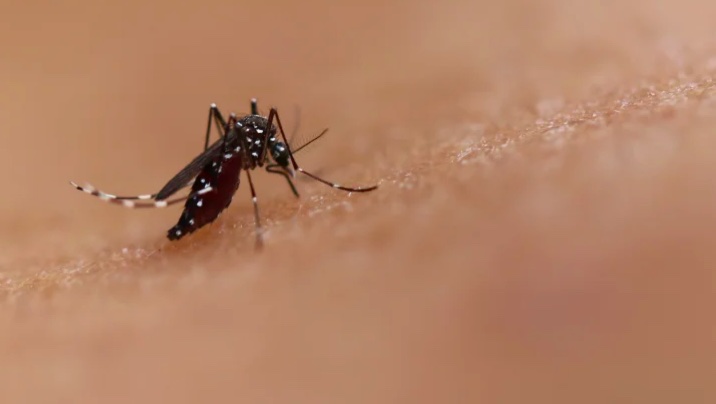How Ankle Biter Mosquitoes are Invading SoCal
Break out the bug spray – a new invasive species of ankle-biter mosquito has arrived in Southern California. These small ankle-biters attack in the middle of the day and leave their targets with several bites. This is atypical behavior compared to the region’s native species, which come out at night and bite once.
This invasive species is known as the Aedes mosquito. Researchers at Cold Spring Harbor Laboratory as well as other vector-borne disease experts believe the mosquitoes arrived in the United States via shipments of goods contaminated with mosquito eggs.
The ankle-biter mosquito lives up to its name by primarily targeting the ankles and lower legs in search of a blood meal. Unlike species native to Southern California, ankle-biters are more aggressive and demonstrate a greater bloodlust. They also have a greater potential for carrying and transmitting vector-borne diseases, and they are more resistant to pesticides.
According to the California Department of Public Health, Vector-Borne Disease Section, the Aedes mosquitoes have transmitted at least six cases of West Nile virus to humans in the state since the start of this year. To date, the Greater Los Angeles County Vector Control District has reported at least 148 positive cases of the virus in mosquito samples taken from cities in L.A. and Orange counties.
Although ankle-biter mosquitoes are known to carry other diseases – including Zika, Dengue, Chikungunya, and Yellow Fever – so far, there have been no reported cases of transmission of those viruses this year, according to Orange County Vector Control.
Mosquitoes are more active during the summer months. They lay their eggs in small pools of standing water, including puddles, buckets, vases, drains, and fountains – all of which are prime breeding grounds. The eggs are capable of withstanding very dry conditions and can remain viable for months without water. When the eggs finally hatch, the mosquito will reach maturity in seven days.
There are several effective ways to combat the Aedes mosquito invasion. Both the Los Angeles and Orange County Vector Control Sections recommend eliminating standing water sources. They suggest using EPA-approved repellents and wearing loose-fitting or long sleeved clothing – and even using rotating fans to repel mosquitoes.
Other effective methods to combat the invasive ankle-biter include installing or repairing screens on doors and windows, using mosquito traps, and contracting a professional pest control service.
Currently, the Los Angeles and Orange County Vector Control Sections are working toward targeting potentially disease-carrying mosquitoes. They are also tracking bird deaths in the area to help determine the spread of the West Nile virus.

